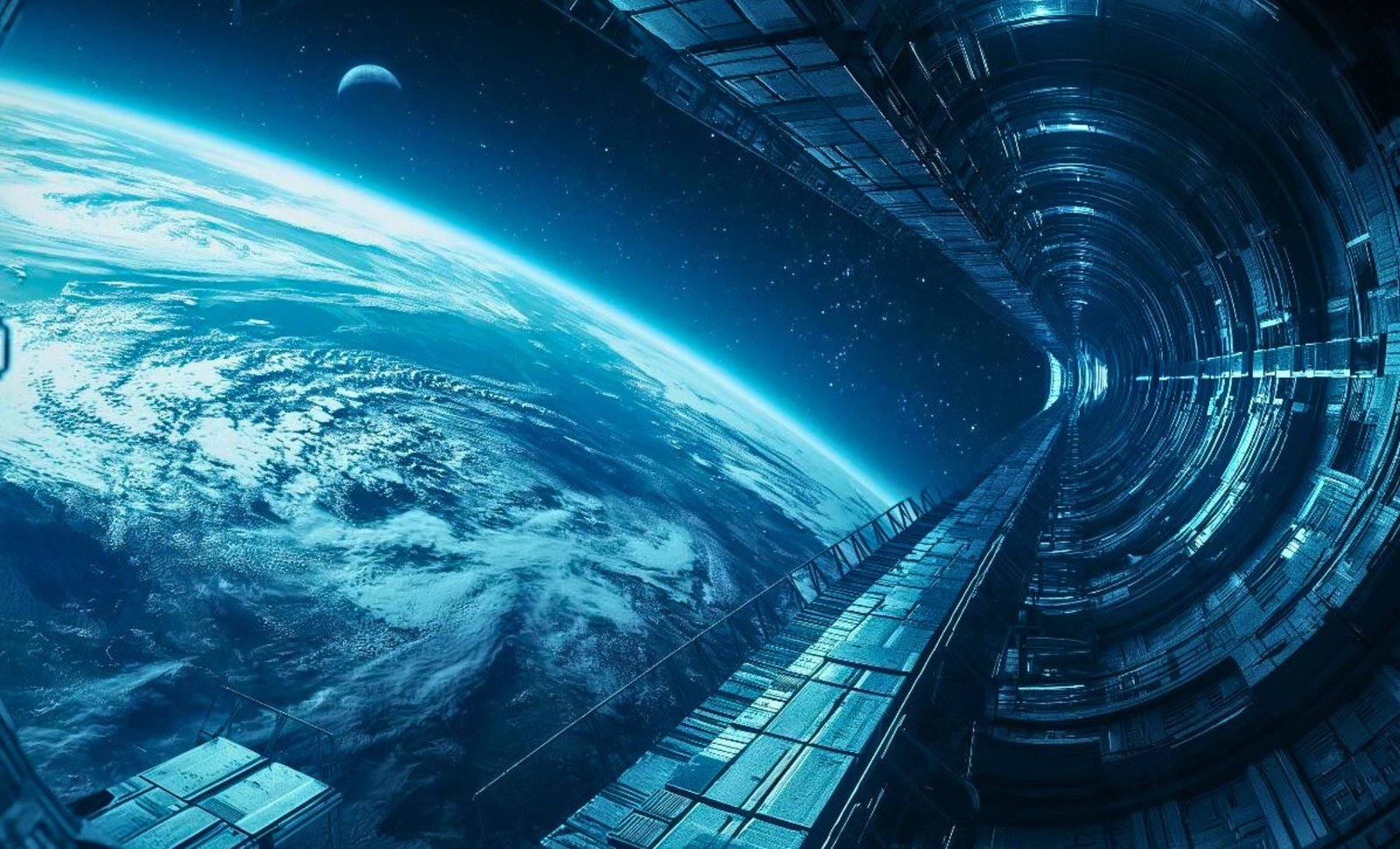$10,000 Prize to Grab for Designing the Next Generation Ship for Deep Space – Enter the Hyperion Challenge Now!

Imagine a world where humanity can travel to distant exoplanets, not in years or decades, but centuries. Welcome to the Hyperion competition, where you could win $10,000 by presenting the most groundbreaking idea for a self-sustaining generation ship. Think you have what it takes to design the future of space travel?
What is a Generation Ship and Why Does It Matter?
A generation ship is not just a spaceship—it’s a city in space. These massive structures are designed to house hundreds of people for centuries, allowing them to travel to distant stars or potentially habitable exoplanets. The Hyperion competition challenges participants to design these autonomous habitats capable of supporting human life for up to 250 years while in deep space.
The challenge of creating such a ship lies not just in engineering, but also in sociology and biology. Here are some of the fundamental questions and challenges involved:
- How do you create a self-sustaining ecosystem that supports human life for generations?
- How do you manage limited resources like food, water, and oxygen over a long-duration mission?
- How do you ensure social cohesion and cultural continuity in a confined space for centuries?
Designing such a vessel requires addressing not only the engineering challenges but also the social, biological, and psychological aspects of long-term space travel.
The Challenges: Technology, Society, and Genetics
The technological hurdles for building a generation ship are enormous. Current propulsion technologies, including chemical rockets, are too slow to make interstellar travel feasible within a human lifetime. Even advanced alternatives like fusion propulsion or laser sail technology, which can theoretically reach speeds up to 20% of the speed of light, still face significant economic and engineering challenges.
Additionally, participants in the Hyperion competition are asked to consider the social dynamics of life aboard a long-term space mission. Some of the key social and genetic considerations include:
- Cultural Preservation: How will the crew preserve their cultural identity across many generations?
- Genetic Diversity: How do you avoid the dangers of inbreeding over multiple generations in a closed system?
- Psychological Well-being: How can we ensure that the crew remains mentally healthy and productive over the centuries?
Given these challenges, the competition calls for innovative ideas that merge cutting-edge technology with psychosocial strategies to create a viable society in space.

The Science and Sociology of Interstellar Travel
It’s not just about building a ship—it’s about building a society. The design must incorporate solutions for vital issues such as resource recycling (air, water, food), radiation protection, and artificial gravity. But the societal challenges are just as important. A generation ship is a community unto itself, where people must maintain psychological well-being and societal cohesion over generations.
Here are a few of the crucial systems that must be considered for such long-term space missions:
- Closed-loop life support systems that recycle everything from water and air to food and waste.
- Radiation shielding to protect passengers from harmful cosmic rays and solar radiation.
- Artificial gravity to simulate Earth-like conditions, preventing muscle atrophy and bone loss.
- Social and educational frameworks to ensure that each new generation remains connected to the mission and their heritage.
For example, maintaining a sense of purpose and connection to Earth is critical to prevent psychological degradation over time. Some experts suggest that educational protocols and digital archives could play a key role in ensuring that each generation is aware of its origins, mission, and the larger purpose of the journey.
What’s at Stake? The Prize and the Future of Space Exploration
The Hyperion competition isn’t just an intellectual exercise—it’s a gateway to the future of interstellar travel. Hosted by the Initiative for Interstellar Studies (i4is), the competition seeks ideas that could form the basis for real-world generation ships. With $10,000 on the line, the winning project will gain recognition from space industry leaders and experts, and will contribute to the first steps in humanity’s attempt to conquer the stars.
The competition isn’t just about building a ship—it’s about laying the groundwork for humanity’s future in space. The prizes for the winners are as follows:
- First place: $5,000
- Second place: $3,000
- Third place: $2,000
These rewards provide not only financial support but also exposure for the most visionary ideas in space exploration. The winners will be announced in June 2025, marking a significant milestone in the quest for interstellar exploration.

Enter the Competition: Deadline Approaching!
The clock is ticking! To participate in this exciting challenge, submit your designs and concepts by December 15th, 2024. The Hyperion competition offers an incredible opportunity for individuals, teams, or organizations to make their mark in the world of space engineering and sociology. The winners will help pave the way for the next chapter in humanity’s journey to the stars.
Do you have the vision to contribute to interstellar colonization? Will your ideas be the foundation for future generations living in space? The deadline is fast approaching, so don’t miss your chance to be a part of this historic endeavor.
https://dailygalaxy.com/wp-content/uploads/2024/12/the-Ultimate-Generation-Spaceship.jpg
2024-12-08 21:38:50






